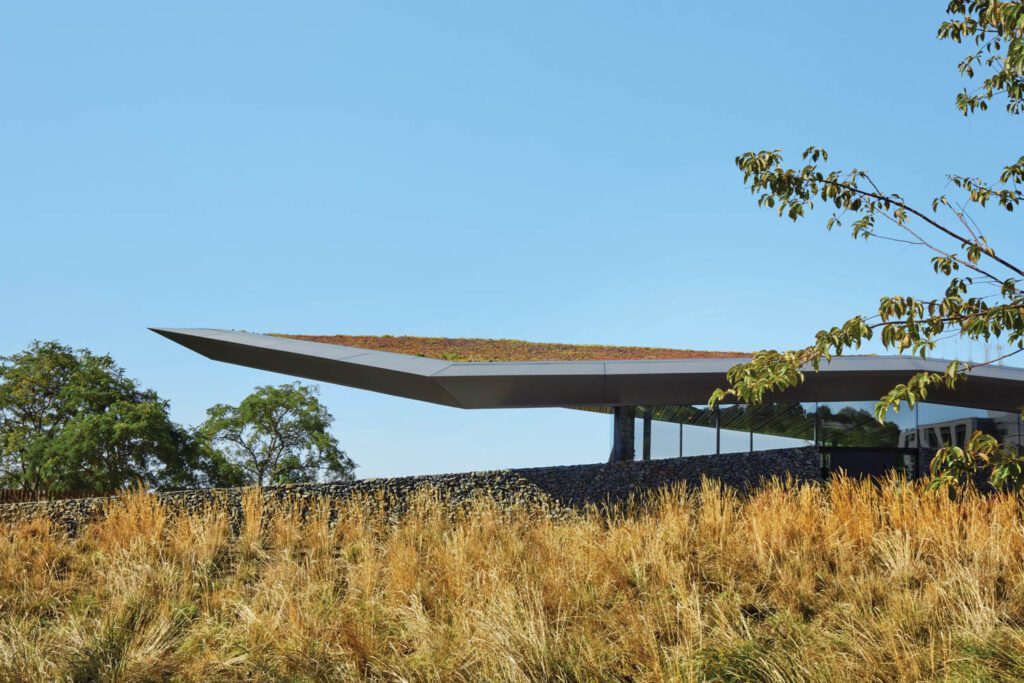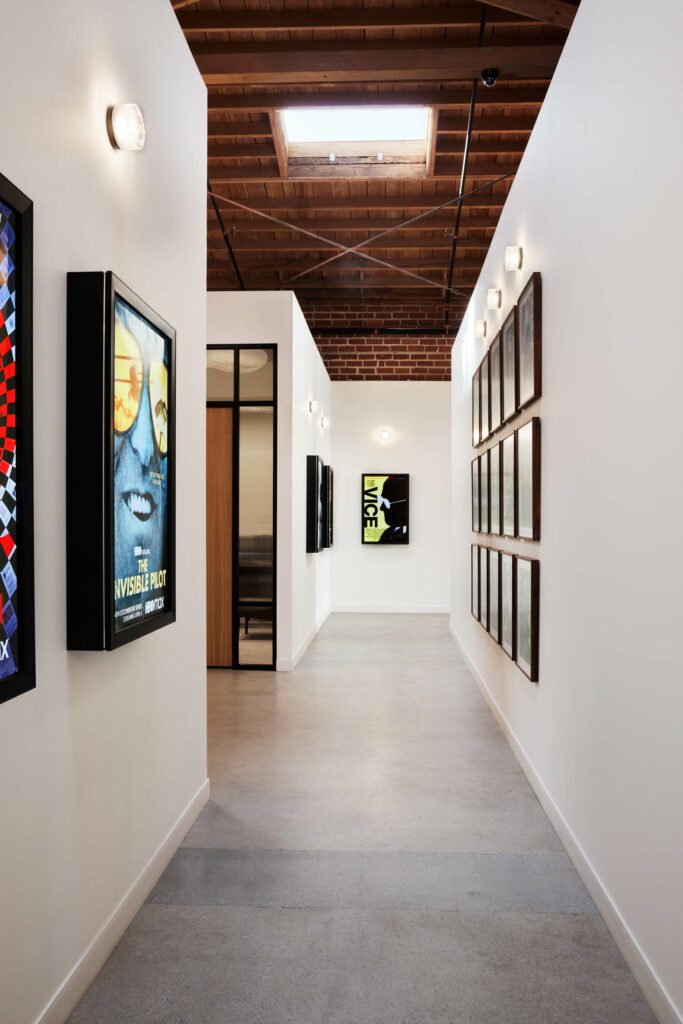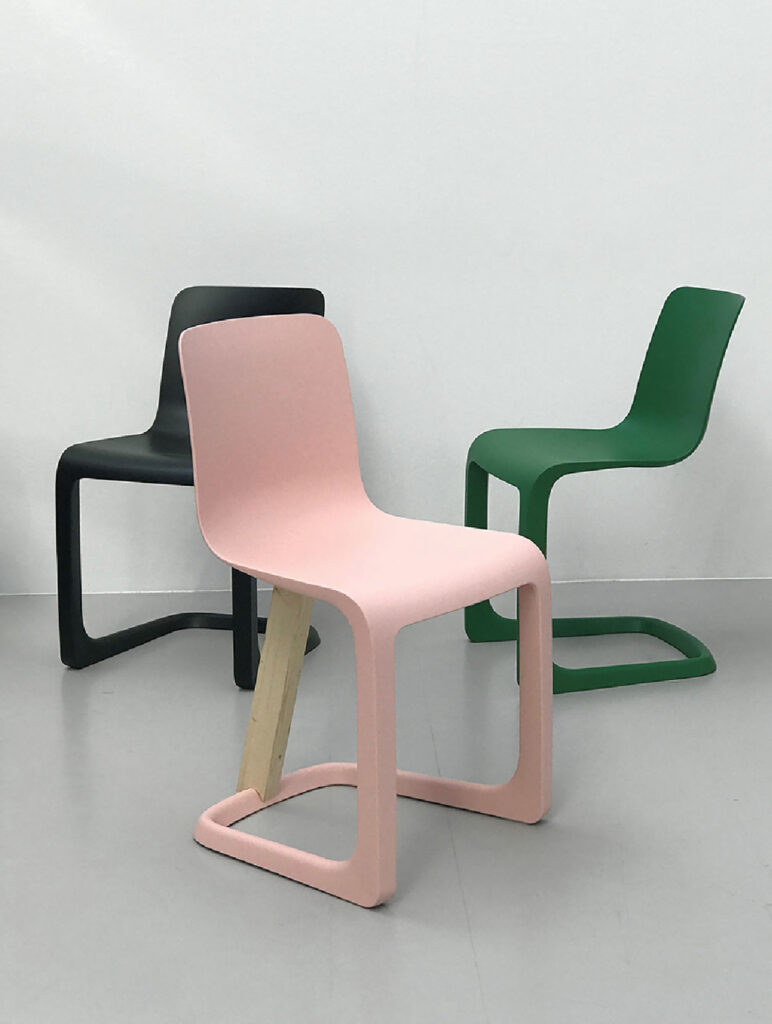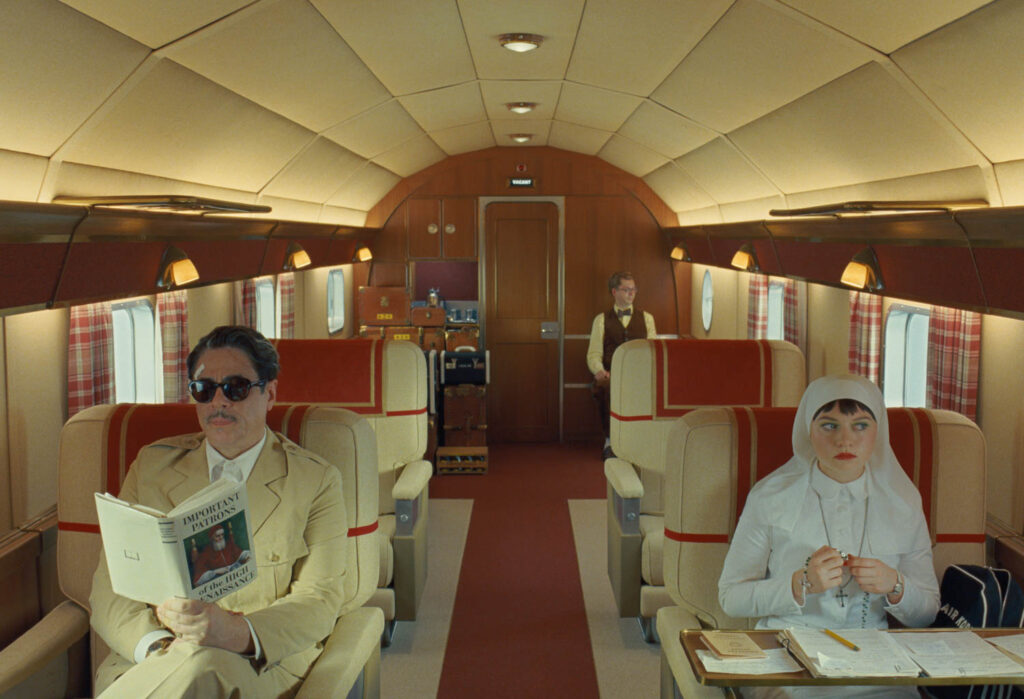Interface, Now a Carbon Neutral Enterprise, Achieves Major Milestone in Sustainability
Interface, a global commercial flooring enterprise and longtime leader in sustainability, now is a fully carbon neutral business, operating in a way that ensures its processes and products do right by the planet. To achieve this feat, the brand set rigorous goals to evaluate and reduce carbon emissions, purchasing verified carbon offsets to balance areas where carbon cannot yet be reduced, like business travel and employee commutes.
“Now everything we do, every aspect of our business, is carbon neutral,” said Laurel Hurd, CEO of Interface, in a statement. “We have worked tirelessly to radically decarbonize, tapping into our culture of innovation and design, resulting in what we believe are the lowest cradle-to-gate carbon footprint carpet tile products on the market, even before applying offsets.”
To be recognized as a carbon neutral enterprise, a third-party verifier reviewed Interface’s carbon management plans, as well as emissions, against international recognized standards—PAS 2060—the leading carbon neutrality standard created by the British Standards Institution (BSI).
Goals for a Carbon Negative Future
But Interface isn’t stopping there. By 2040, the company aims to be a carbon negative enterprise, pulling more carbon out of the atmosphere than it creates—a step beyond neutralizing its carbon footprint. Already, the brand has unveiled some carbon negative products that achieve this on a smaller scale, such as the Embodied Beauty™ Collection, which features three cradle-to-gate carpet styles that reduce the amount of carbon in the atmosphere.

For decades, Interface has worked to create more sustainable operations, from manufacturing process to products. “We have a history of thinking about our goals and measuring gaps in a way that sets up our priorities for development,” shares Lisa King, VP and chief innovation officer at Interface. “When we looked at our carbon neutral products, we thought: We can we do the same thing for our enterprise.”
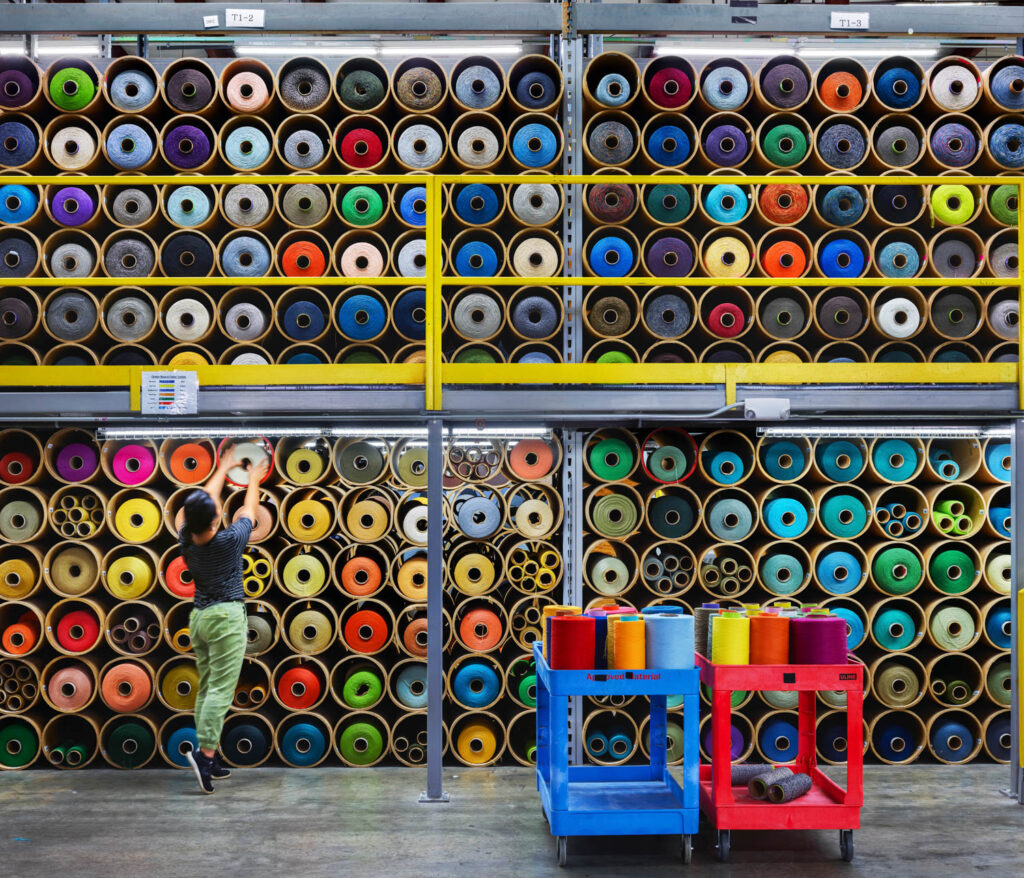
How to Become a Carbon Neutral Enterprise
In achieving its carbon neutral enterprise designation, Interface also offers a roadmap for how other companies can follow suit. Evaluating overall business operations is a start, paying attention to areas where carbon output cannot be immediately reduced, such as services for necessary operations like Internet connectivity, to begin evaluating carbon offset solutions. For Interface, verified carbon offsets are used to balance all remaining emissions of its operations.
Innovation also plays a major role. The Interface team continuously turns to science to develop new materials, always searching for ways to create more sustainable flooring, from the way products are tufted to carpet tile backings.
King also urges others to set “bold goals” and identify the steps needed to achieve them. “Bold goals allow you to stretch your thinking,” she says, stressing the importance of developing measurement systems to track progress. Soliciting sustainability input from all employees also offers opportunities to enhance collaboration and increase engagement, driving change.
The most important aspect of working toward a carbon neutral enterprise, though, is simply to start. “We did it and we know with humility and trial and error, big advances can be made,” adds King. As Interface works toward becoming carbon negative next, science-based goals will continue to guide the team on their path to bettering the planet.

read more
DesignWire
6 Hospitality Design Trends to Watch
At a recent event at the New York Design Center, Interior Design editor in chief Cindy Allen shared these must-read design trends.
DesignWire
10 Questions With… Hollywood Director Adam McKay and Designer Alison Koch
Director Adam McKay and Outift Home founder Allison Koch give an exclusive tell-all about the sustainable office design of Hyperobject.
DesignWire
Pratt Institute’s School of Design Announces the Winners of the 2022 Material Lab Prize
Material Lab prize winner conceives of a new material comprised of harvest waste, an alternative, biodegradable material to concrete.
recent stories
DesignWire
Design Reads: A Closer Look at Jasper Morrison’s Work
Discover British designer Jasper Morrison’s wide range of furnishings, homes, and housewares in his cheeky retrospective “A Book of Things.”
DesignWire
Eco-Friendly Pavilions Take The Stage At A Chinese Music Festival
For a Chinese island music festival, Also Architects crafts reusable, modular pavilions that provided shade while resembling sound waves.
DesignWire
Meet The Production Designer For Wes Anderson’s New Film
Legendary production designer Adam Stockhausen shares how he crafted Wes Anderson’s The Phoenician Scheme’s cinematic world through spatial design.
